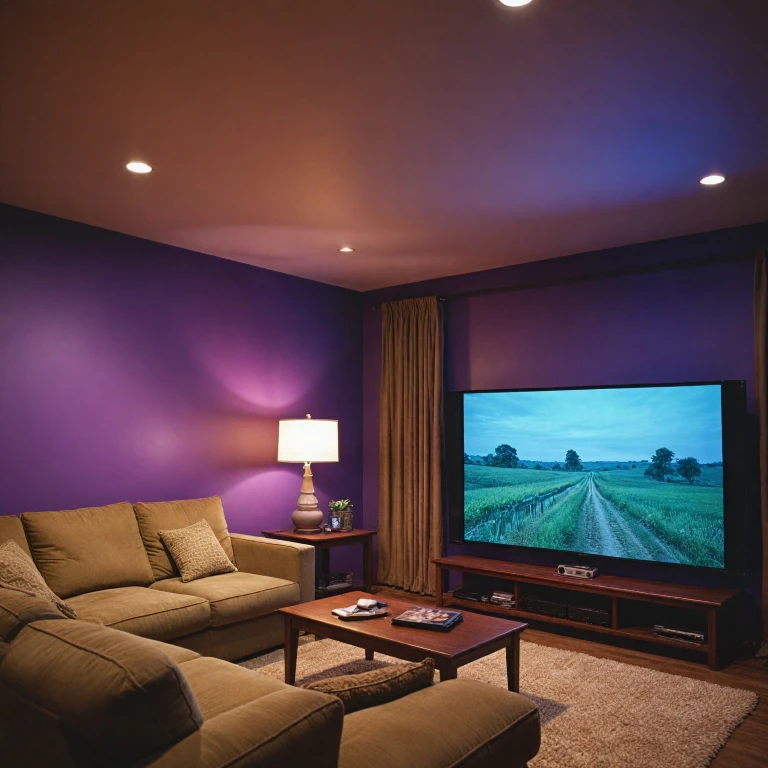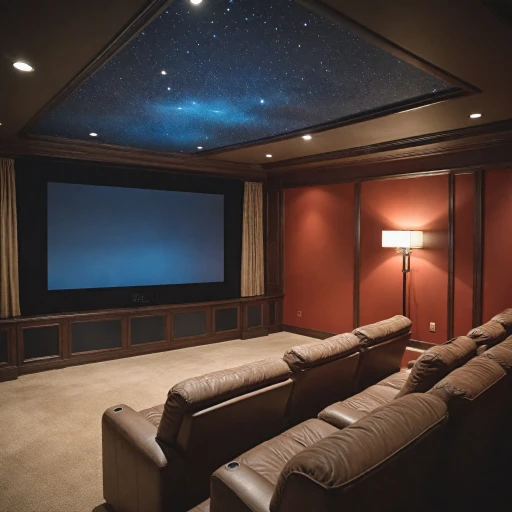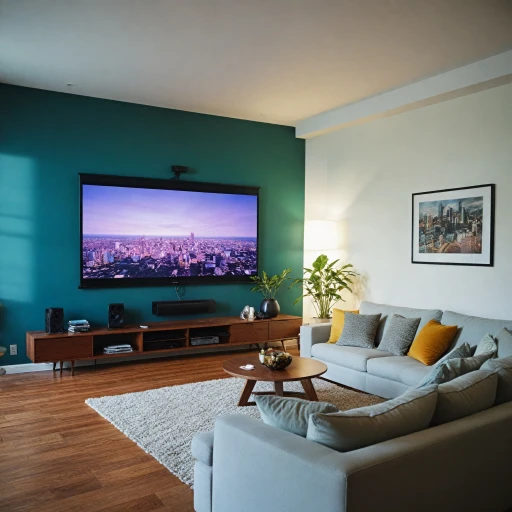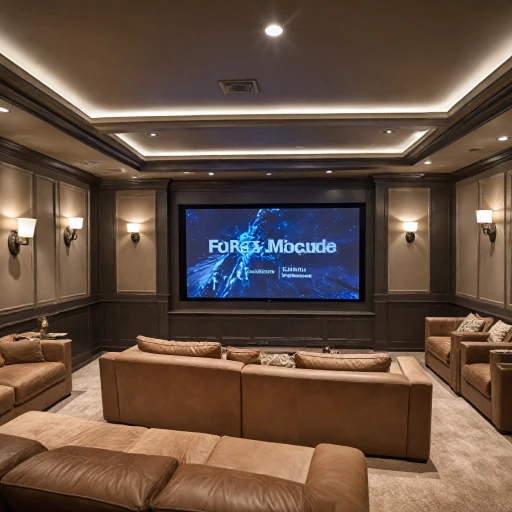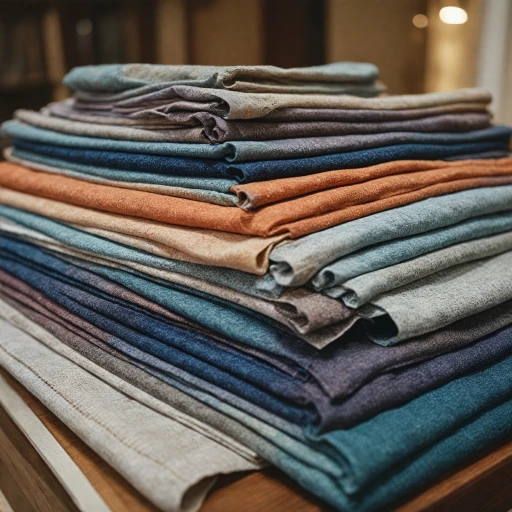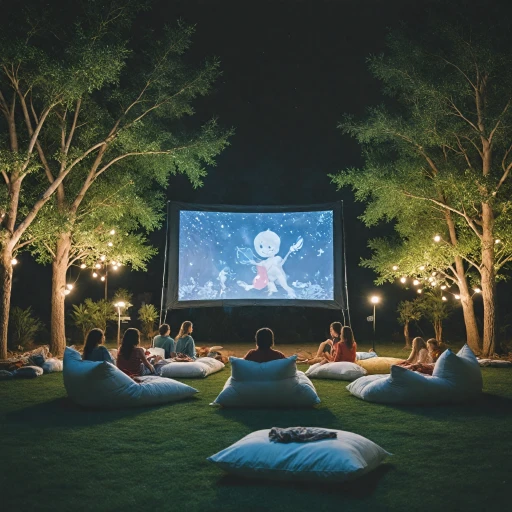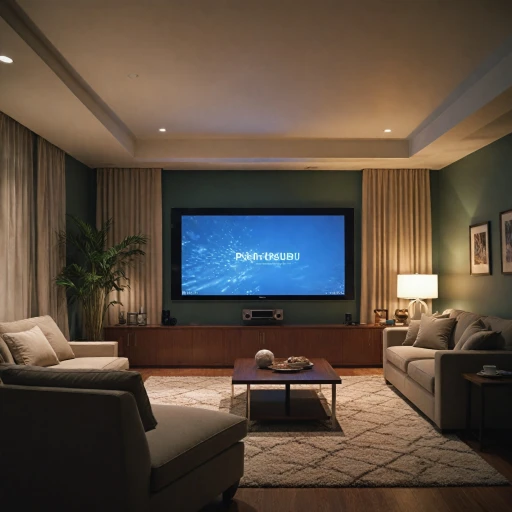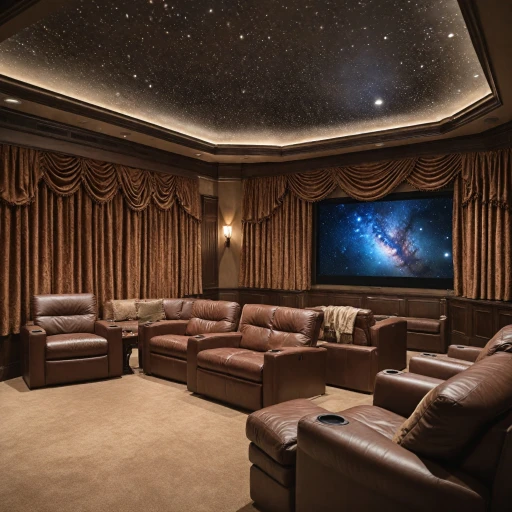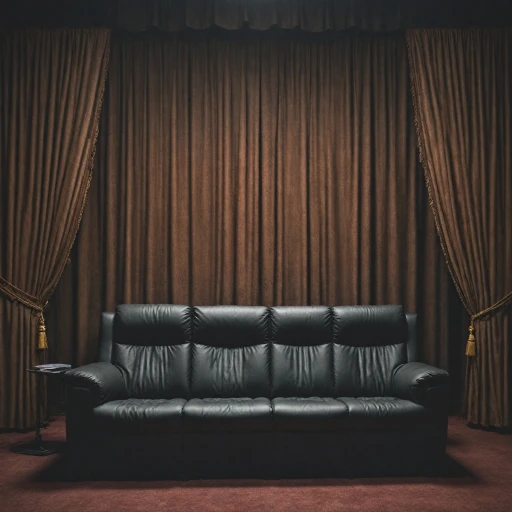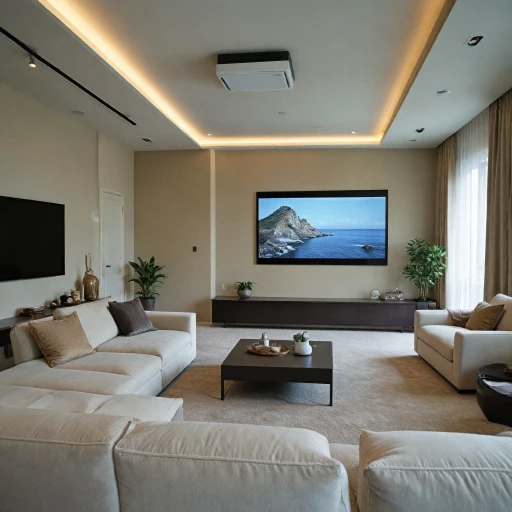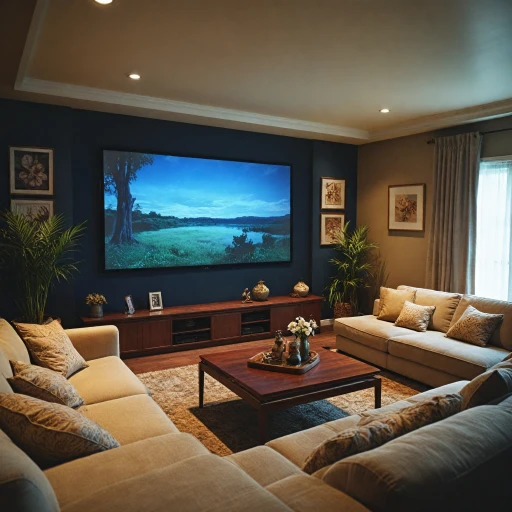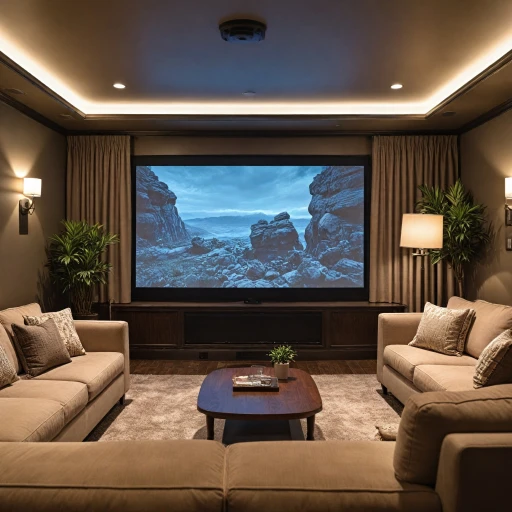Understanding the Benefits of a Tripod Projector Screen
Discover the Advantages of a Portable Screen Solution
When elevating your home cinema experience, a tripod projector screen stands as a robust choice. Not only does it offer flexibility, but it also enhances the quality of your projection, whether indulging indoors or exploring outdoors. These screens are designed to provide a seamless experience with their user-friendly nature. There are several compelling reasons to consider a tripod projector screen for your viewing needs:- Versatility and Portability: Unlike fixed screens, tripod screens can be easily moved and adjusted as needed, making them ideal for both indoor and outdoor use. Offering effortless setup with their tripod stand, they are perfect for spontaneous movie nights or professional presentations.
- Adjustable Features: With a tripod stand, users can effortlessly adjust the height to achieve the ideal screen floor distance, optimizing their viewing experience for comfort and projection clarity.
- Cost-Effective: The price point of tripod projector screens varies, catering to different budgets without compromising on quality. Options like the Elite Screens or even the competitively priced Draper products provide a variety of aspect ratios and screen sizes to choose from.
- Quality Projection: These screens keep projections sharp and vivid thanks to high-quality materials that reduce glare and enhance brightness. Size, material, and aspect ratio are critical elements to consider when selecting the right screen for your projector, ensuring the complete potential of your projector is utilized.
- Durability: Many screens offer a wrinkle-free surface and are equipped with features like a carpeted case for enhanced protection. This ensures the screen remains in optimal condition over time, even with frequent handling.
Choosing the Right Size and Material for Your Screen
Finding the Perfect Dimensions and Material for Superior Viewing
Selecting the right tripod projector screen is vital to achieving the best viewing experience, whether you're setting it up indoors or for an outdoor projection. One key factor to consider is the size. Commonly, sizes range from 60 inches to 120 inches, but it's essential to determine how much space you have and the desired immersiveness. For an optimal cinematic experience, you may want to understand the dimensions of a 100-inch projector screen as a reference. Additionally, evaluating the material of your screen plays a significant part in the projection quality. High-quality projector screens often feature materials that enhance brightness and color accuracy. For instance, portable screens with a wrinkle-free surface ensure a smooth projection, which is especially beneficial if you use it frequently or need easy set-up with a tripod stand. Many brands like Elite Screens and Draper offer various materials to suit different environments and lighting conditions. It's crucial to consider whether you need a screen for standard indoor use or if you prefer something suitable for both indoor and outdoor settings. Options like matte white or grey materials can offer different levels of reflection and contrast, impacting the image quality. Lastly, don't forget practical aspects such as cost, ease of shipping, and any additional features, like a carry bag or a carpeted case, which can affect the overall price and convenience of the product. Online platforms like Amazon provide a wide range of choices where you can check verified purchase reviews to assess product reliability and popularity, typically rated with stars. By carefully evaluating these factors, you can find a projection screen that meets your specific needs and elevates your viewing experience.Setting Up Your Tripod Projector Screen Effectively
Getting Your Screen Ready: Tools and Tips
Setting up a tripod projector screen can be straightforward, but to ensure optimal performance, follow these simple steps for an easy setup. Begin by choosing a suitable location that accommodates your chosen size and aspect ratio, allowing for unobstructed viewing. The portability of a tripod stand typically means you can use it indoors or outdoors.
Adjustments for Optimal Viewing
After assembling the screen stand, adjust the height and orientation based on your projector's position. Set up the tripod on stable ground to prevent it from tipping over—a flat surface or very short-piled carpeted case may work best. Test the alignment by projecting an image and making any necessary adjustments. One advantage of tripod screens is their ability to swivel to fine-tune the image alignment nearly perfectly.
Pairing a correctly set screen with proper audio setup will further enhance your viewing experience.
Handling Wrinkles and Other Setup Challenges
Wrinkles can detract from screen performance, but many tripod screens offer wrinkle-free materials. Should you encounter any creases, gently stretching the screen material or using a weighted bottom bar can help. For those utilizing portable or elite screens, these features might already be included.
Often, the screen's carry bag or cover will provide some measure of protection during shipping and when not in use. It helps keep the screen wrinkle free and damage-resistant during indoor outdoor transitions.
Tips for Prolonged Use
If you're planning frequent outdoor use, sturdy tripods such as draper brand or comparable products on amazon with high stars ratings are recommended. Pay attention to verified purchase reviews which can offer additional setup advice based on real-world applications. Assembling a projection screen should be as seamless as possible, without the headache of ongoing troubleshooting.
Maintaining and Storing Your Tripod Projector Screen
Proper Handling for Long-Lasting Durability
Maintaining your tripod projector screen is essential for ensuring its longevity and preserving that crisp, wrinkle-free display that truly enhances your viewing experience. During your setup, handle the screen with care to avoid creases and tearing. When adjusting the tripod stand, ensure the stability of the stand inch from ensuing uneven surfaces. There are several key practices to keep in mind:- Regular Cleaning: Dust and debris can accumulate over time, affecting the clarity of your screen. Use a gentle cloth or specialized screen cleaner to wipe away any marks while avoiding abrasive materials that could damage the screen.
- Storage Solutions: Invest in a suitable carry bag or carpeted case, particularly for portable outdoor projections. This helps prevent accidental damage while moving the product. Storing your screen in a cool, dry place will also protect it from mold and mildew.
- Mind the Material: Depending on whether you have an Elite Screens, Draper, or another brand, the screen's material may have specific cleaning instructions. Checking for indications on the warranty or in the provided documentation could offer insight into these methods.
- Consider the Aspect Ratio: When not in use, retract the screen appropriately as per instructions, preserving the integrity of the aspect ratio settings and reducing the tension on the material.
- Periodic Inspections: Regularly check the screen stand and tripod projector mechanisms for any signs of wear. Addressing minor repairs promptly will minimize larger issues down the line.
